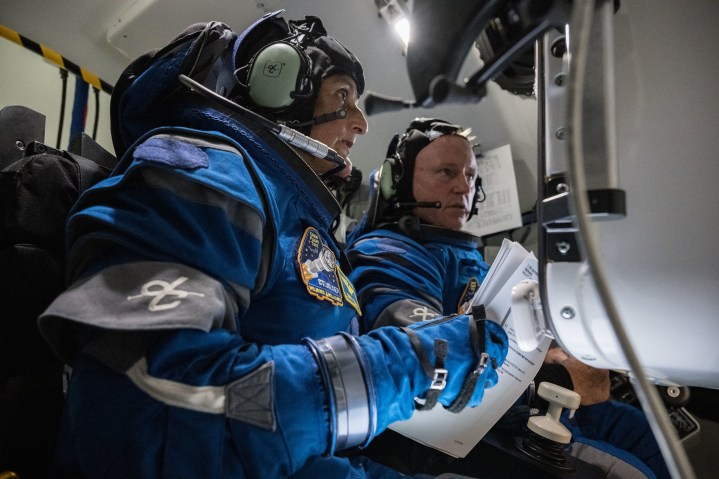NASA has completed its readiness review of the Boeing Starliner, a new spacecraft designed to carry astronauts from Earth to the International Space Station (ISS) and back. With the first crewed test flight of the Starliner less than two weeks away, NASA has given the go-ahead for the launch. If successful, the Starliner will join the SpaceX Crew Dragon as the first American spacecraft to carry astronauts since the Space Shuttle.
Astronauts Butch Wilmore and Suni Williams arrived at NASA’s Kennedy Space Center in Florida today, Thursday April 25, in time to prepare for the first launch of the Starliner in around a week-and-a-half. Arriving in a T-38 jet, Wilmore and Williams said they were excited to be in Florida and for the launch date to arrive.
“This is where the rubber meets the road. We are going to leave this planet, and that is pretty darn cool,” said Williams.

The Starliner has had a troubled development, with multiple delays and a failed first uncrewed test flight in 2019. The spacecraft was supposed to reach the International Space Station, but was not able to make it, and subsequent testing showed a raft of issues with the Starliner.
However, NASA said that following its Flight Test Readiness Review, it was confident that the Starliner was safe and ready to fly.
“The first crewed spaceflight of a new spacecraft is an absolutely critical milestone. The lives of our crew members Suni Williams and Butch Wilmore are at stake. We don’t take that lightly at all,” said Jim Free, NASA associate administrator, during a press teleconference. He reiterated NASA’s commitment to safety, particularly during the readiness reviews, and said: “I can say with absolute confidence that the teams have done their due diligence.”
With the review complete, the next big step ahead of the launch is the mission dress rehearsal. Tomorrow, Friday April 26, the astronauts and ground crew will rehearse operations, including the astronauts getting into their spacesuits and traveling to the spacecraft, while teams work on countdown scenarios, prepare the Starliner crew module, and close the hatch.
If all goes to plan, then the real launch is scheduled for Monday, May 6 at 10:34 p.m. ET, when the Starliner will carry Williams and Wilmore to the International Space Station on a 10-day mission.



